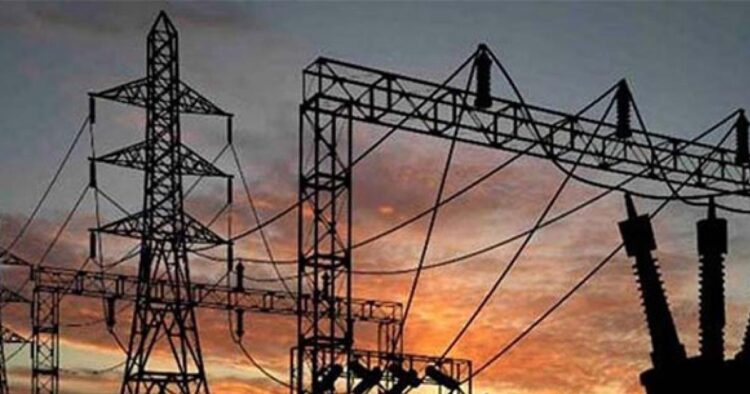The private sector now owns more than 52% of India’s total installed power generation capacity, playing a crucial role in the country’s energy sector. This information was shared in Parliament on Thursday by Shripad Naik, the Minister of State for Power.
In a written reply to the Lok Sabha, Naik highlighted that the private sector’s involvement is significant in India’s power generation. He noted that generation is a de-licensed activity under the Electricity Act of 2003, which also allows 100% Foreign Direct Investment (FDI) in power generation from all sources, except atomic energy.
As of June 30, 2024, India’s total installed power capacity stands at 4,46,190 MW. Of this, the private sector contributes approximately 2,34,065 MW, accounting for 52.5% of the total capacity. This showcases the private sector’s pivotal role in powering the nation.
Naik also emphasized the role of the private sector in renewable energy projects. He mentioned that most renewable energy projects in India are developed by private companies selected through a transparent bidding process.
Growing Electricity Demand
In another statement to the Lok Sabha, the minister discussed the rapid expansion of the Indian economy, which has led to an unprecedented growth in electricity demand. He noted that electricity demand in India grew by around 9% during the years 2021-22 and 2022-23.
This increased demand has also led to a rise in total emissions, as more electricity is generated. However, the minister pointed out a positive trend: the increasing share of renewable energy is helping to reduce the carbon intensity of the grid.
Reduction in Carbon Emissions
Naik highlighted a significant achievement in reducing carbon emissions. From 2013-14 to 2022-23, there has been about a 9% decrease in the average carbon emission factor of grid electricity in India. This reduction is attributed to the growing use of renewable energy sources.
India has made significant progress towards its climate goals. As part of its Intended Nationally Determined Contributions (INDCs), India is committed to achieving about 50% of its cumulative electric power installed capacity from non-fossil fuel-based energy resources by 2030. Currently, the country has already reached 45.5% of its installed capacity from these sources.
Looking ahead, the minister stated that to meet the estimated electricity demand by the year 2031-32, the Central Electricity Authority (CEA) has conducted generation planning studies. These studies are crucial for ensuring that the country can meet its future electricity needs while continuing to reduce its carbon footprint.
The private sector’s significant contribution to India’s power generation, coupled with the country’s commitment to renewable energy, is helping to meet the growing electricity demand and reduce carbon emissions.

















Comments